Divination in the I Ching
Divination, omens, portents etc. was a common practice throughout all of the ancient world in fact. As already mentioned we see the practice, and its relationship with the priestly class not only in ancient Greece but most certainly ancient Persia (the “magi”), the Sumer-Babylonians (Chaldean oracles) and of course in ancient Egypt as well. Each of these cultures has their own specific approach toward communing with the divine to determine either the course of future events, when it might be the most auspicious time to act, or even what course of action would be wisest given a specific desired outcome.[1]
Our relationship with this practice is broken in the West however as we began to question the validity of the practice in Roman times where reason, philosophical enquiry, began to take precedence over what was considered to be illogical and/or barbaric and antiquated superstitious practices. This became even more pronounced of course when all things “pagan” were outlawed and ostracized once Christianity took a strong foothold in the West in the 3rd and 4th centuries CE. An interesting insight into this transition period can be found in the works of Cicero for example, who wrote a whole treatise “De Divinatione” questioning these age old practices.
There is an ancient belief, handed down to us even from mythical times and firmly established by the general agreement of the Roman people and of all nations, that divination of some kind exists among men; this the Greeks call μαντική — that is, the foresight and knowledge of future events. A really splendid and helpful thing it is — if only such a faculty exists — since by its means men may approach very near to the power of gods. And, just as we Romans have done many other things better than the Greeks, so have we excelled them in giving to this most extraordinary gift a name, which we have derived from divi, a word meaning “gods,” whereas, according to Plato’s interpretation, they have derived it from furor, a word meaning “frenzy”.[2]
Now I am aware of no people, however refined and learned or however savage and ignorant, which does not think that signs are given of future events, and that certain persons can recognize those signs and foretell events before they occur. First of all — to seek authority from the most distant sources — the Assyrians, on account of the vast plains inhabited by them, and because of the open and unobstructed view of the heavens presented to them on every side, took observations of the paths and movements of the stars, and, having made note of them, transmitted to posterity what significance they had for each person. And in that same nation the Chaldeans — a name which they derived not from their art but their race — have, it is thought, by means of long-continued observation of the constellations, perfected a science which enables them to foretell what any man’s lot will be and for what fate he was born.
The same art is believed to have been acquired also by the Egyptians through a remote past extending over almost countless ages. Moreover, the Cilicians, Pisidians, and their neighbours, the Pamphylians — nations which I once governed — think that the future is declared by the songs and flights of birds, which they regard as most infallible signs. And, indeed, what colony did Greece ever send into Aeolia, Ionia, Asia, Sicily, or Italy without consulting the Pythian or Dodonian oracle, or that of Jupiter Hammon? Or what war did she ever undertake without first seeking the counsel of the gods?[3]
What is unique about the method that was invented by the ancient Chinese however was that the system was based upon number theory and a fairly advanced set of symbols (the hexagrams) which encapsulated:
- the situation, as proposed or communicated by the individual who was consulting the Yijing,
- the cosmological/universal world order as represented by the fixed set of 64 states of the universe (the hexagrams) along with its propensity to change from a one state to another, and
- the judgment which was yielded by the “divine” message or interpretation of the situation which came from the process of divination (in antiquity using yarrow stalks, again see below)
This process of divination, again using yarrow stalks in antiquity was quite lengthy and complex, was enshrouded in ritual and gravity, and was conducted by a priest, an individual who was trained in the art of consulting the Yijing and one who the “divine” spoke through in a very real sense. This process of course included a fundamental element of randomness which allowed/allows for the divine to come through as represented by the numbers that it produces which not only divine the symbol which reflects the situation, one of the 64 symbols, but also which of the lines within the symbol are active, subject to change and transformation, and determine the direction, the flow of the event within the 64 hexagram sequence.
In the Great Commentary, one of the Ten Wings (which again was written centuries after the text had already been in use), we find an explanation of the process of divination, alluding to the cosmological significance of the process itself, and how the lines for a given hexagram were “drawn” for a given divination.
The number of the total is fifty [yarrow stalks]. Of these, forty-nine are used. They are divided into two portions, to represent the two primal forces [yin/yang, darkness/light, firm/yielding]. Hereupon one is set apart, to represent the three powers [Heaven, Earth, Man]. They are counted through by fours, to represent the four seasons. The remainder is put aside, to represent the intercalary month. There are two intercalary months in five years, therefore the putting aside is repeated, and this gives us the whole.[4]
Here we have embedded into the yarrow stalk ritual itself the underlying cosmological world order according to the originals authors of the text. We have the single yarrow stalk removed, symbolizing the unified and single creative force from which the entire universe emanates (the Dao, Tai Chi). [1] Then we split the stack in two, randomly, signifying the basic bifurcation of forces from the One from which the material universe, the known universe comes forth. To the ancient Chinese this was Heaven and Earth[5]. [2] We take the right hand bundle and set it aside for now. [3] Then we take a single stalk from this right hand bundle, which symbolizes Man (one is set apart representing the three powers), yielding the symbolic “three powers”, and place it between our last two fingers, this will be added to the remainder total to help us build each gua.
Then we start to symbolize the creative process, the cycle of change, which to the ancient Chinese represented the fundamental characteristic of reality – the calendar, the seasons. [4] We take 4 stalks at a time from the left hand bundle of stalks and put them aside until there are four or fewer stalks remaining in your hand. [5] We place these remaining stalks in between our fingers and this represents the intercalary month. [6] Then we pick back up the stalks from the original split from the right hand that we placed on the table and then we remove four stalks at a time again until we have four or fewer stalks left. [7] We then place these stalks in between our fingers and then we count them, along with the other 4 or fewer stalks from the previous step (left hand bundle) along with the single stalk representing Man which should yield a sum of either 5 or 9.
[8] We then set these stalks (again either 5 or 9 of them) and begin the process again with all the stalks except a) the first stalk we set aside that represents Tai Chi, the One and b) the 5 or 9 stalks we removed from the result of steps 1-7. [9] We repeat steps 1-7 with the remaining 40 or 44 stalks and get a sum of either 4 or 8. Setting these stalks aside we now have 24, 28, 32 or 36 stalks left. [10] We remove 4 stalks at a time, counting the total number of groups of 4 we have left – either 6, 7, 8 or 9[6].
From this remainder we draw either the Greater Yin (6) broken line with cross -x-, indicating a moving yin yao (or line), if the result is 9 (Greater Yang) we draw an unbroken line (yang) with a circle in the middle -0- indicating a moving yang yao. If the result is 7 (Lesser Yang) we draw a simple unbroken line (stable, non-moving yang line) and if it is 8 (Lesser Yin) we draw a simple broken line indicating a stable, non-moving yin. We then repeat this process again five more times, with the 49 yarrow stick (that first stick remains to the side the whole time) and we then complete our gua/hexagram picture with the moving lines embedded. Note again that the individual Gua is formed from bottom to top.[7][8]
To the ancient Chinese clearly, at least the authors of the Yijing, it was the act of change that was the most relevant aspect of life to them. There were fixed states of cosmic existence no doubt that reflected any given situation as presented to the oracle but it was the idea of change from one state to another that was most revealing in terms of cosmic significance. The universe is a set of opposing forces constantly acting on each other to move from states of chaos to states of equilibrium and the ideal of man, his goal in any given situation you might say, would be to optimize – or better put align – the will of Heaven with the will of Man in the realm of Earth. The Yijing is the tool that was devised for this purpose.
This is the powerful and unique perspective of the Yijing and one of the reasons no doubt it is considered to be one of the most important texts in all of Chinese literature and one of the reasons why its power and weight are still respected by the Chinese today. It not only includes their worldview and philosophy of life but it also includes a method by which, if performed by a competent sage or scholar of the Yijing, the Will of the Gods so to speak can be “divined” for a given situation.
[1] A fairly lengthy and comprehensive look at divination practices in ancient Sumer-Babylon can be found in the book Divination and Interpretation of Signs in the Ancient World, edited by Amar Annus, University of Chicago 2010, Oriental Institute Seminars – Number 6.
[2] Phaedrus 244C μαντική = μανική from μανία (furor).
[3] Cicero, De Divinatione, Loeb Classical Library, Harvard University Press 1923 translation by W. A. Falconer. Book 1, Chapter 1. From public domain via http://penelope.uchicago.edu/Thayer/E/Roman/Texts/Cicero/de_Divinatione/1*.html
[4] The I Ching or Book of Changes, Wilhelm/Baynes. Princeton University Press, Third edition, 1967. Commentary, Ta Chuan / The Great Treatise: verse 3. pg. 310. [Notes in brackets are authors].
[5] This step, the separation of the single pile into a left (Heaven) and right (Earth) bundle is the random element in the process which allows for the cosmic force to reveal itself within the process. It is from the splitting of the two bundles into two seemingly equal piles from which all of the remaining counts, and their sums, come from and hence from which the individual lines and their individual characteristics, and finally the specific unique sign, gua, comes from.
[6] The Wilhelm/Baynes version actually has the final step producing a number of 4 or 8, yielding three pairs of numbers that are either 5 (equivalent to 3) or 9 (equivalent to 2), 4 (equivalent to 3) or 8 (equivalent to 2) and 4 (equivalent to 3) or 8 (equivalent to 2) which yields totals of either 6, 7, 8 or 9 which are then converted to Greater Yin, Lesser Yang, Lesser Yin, and Greater Yang as in Huang’s description. See I Ching or Book of Changes, Princeton University Press 1950, third edition 1967 pgs. 311 (under the section heading of the Ta Chuan or Great Treatise Chapter IX verse 3 or at the end ‘On Consulting the Oracle’, pgs 721ff (which actually has a mathematical error in it).
[7] The description of the yarrow stalk ritual is taken from Alfred Huang’s Complete I Ching from the Chapter ‘Flying with the I Ching’, pgs. 8-9 [Published by Inner Traditions, 1998]. There is a similar description in Wilhelm/Baynes translation of the I Ching [Princeton University Press 1950, third edition 1967] in the Chapter entitled ‘On Consulting the Oracle’, pgs 721ff but it’s not nearly as clear as Huang’s version which follows the Great Treatise description line by line.
[8] Yang is considered to be represented by odd numbers and is considered to be “advancing”, moving forward – hence the 9 corresponding to the Greater Yang and the 7 corresponding to the Lesser Yang. Yin is represented by even numbers and is considered to be “retreating” and best for it to maintain central ground, hence the 6 representing Greater Yin and 8 Lesser Yin. See The Complete I Ching, by Alfred Huang. Inner Traditions 2010 “Introduction” pg. 4.

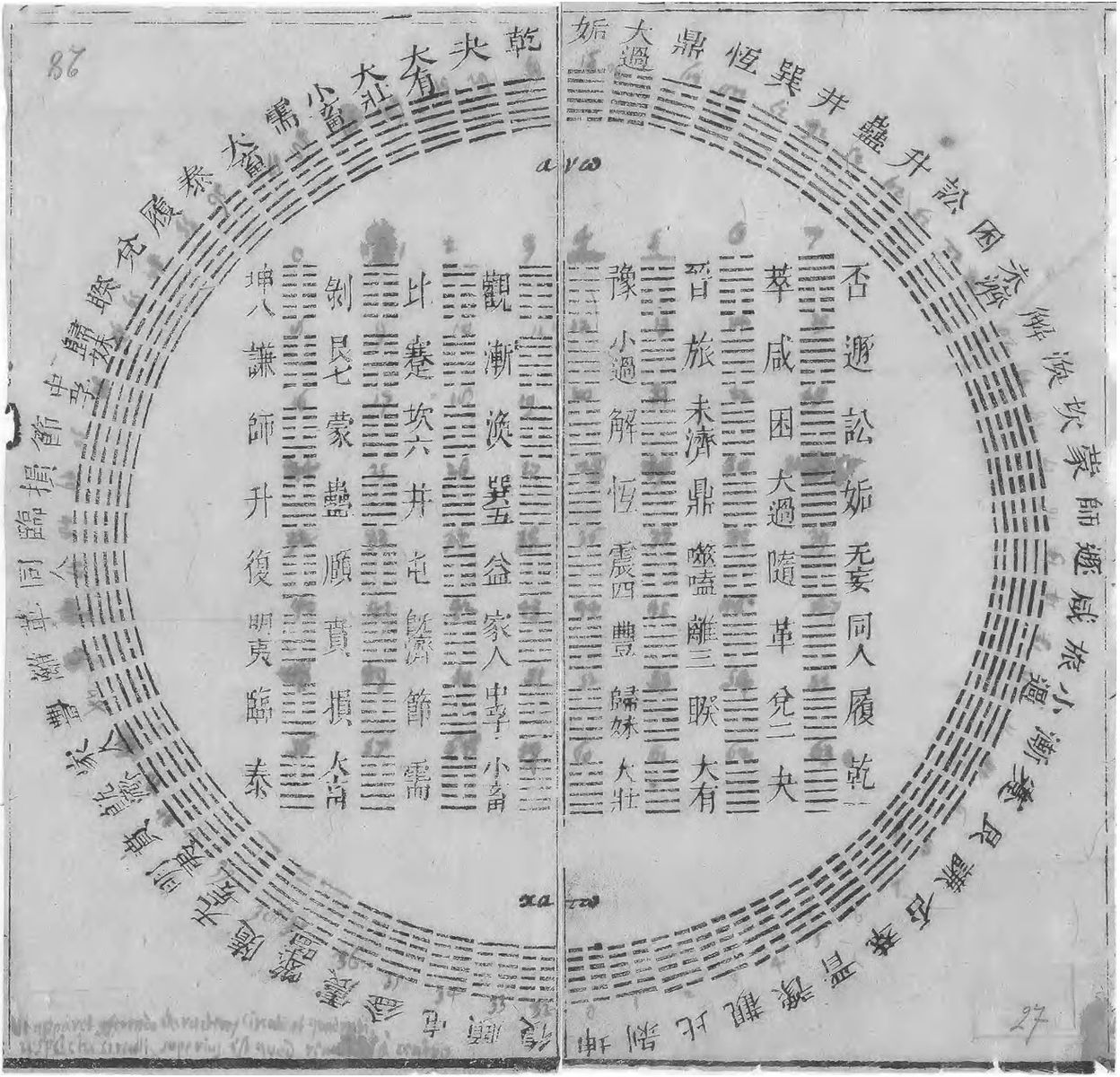
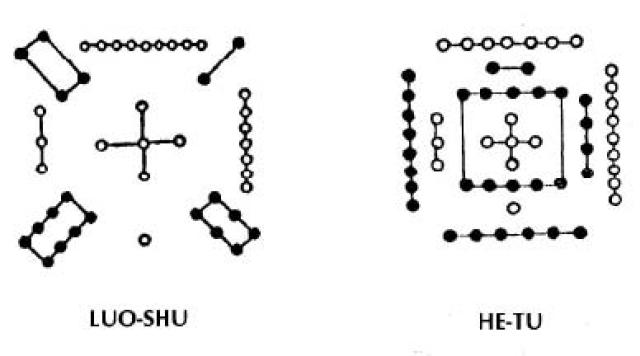
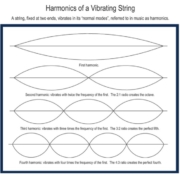
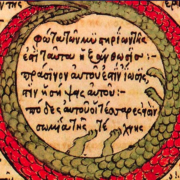
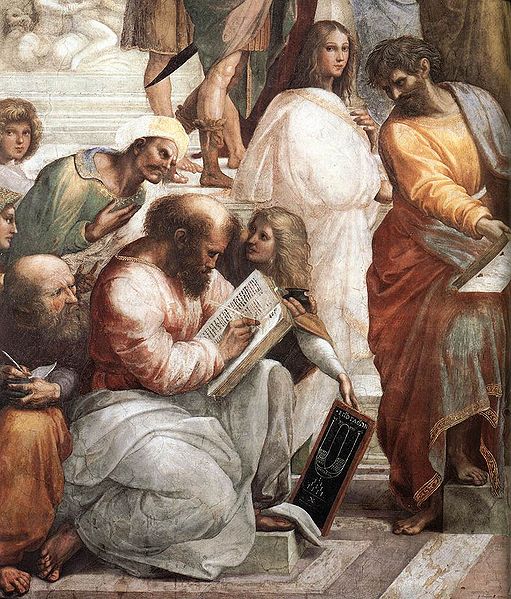
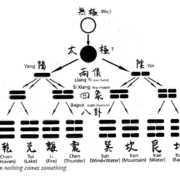
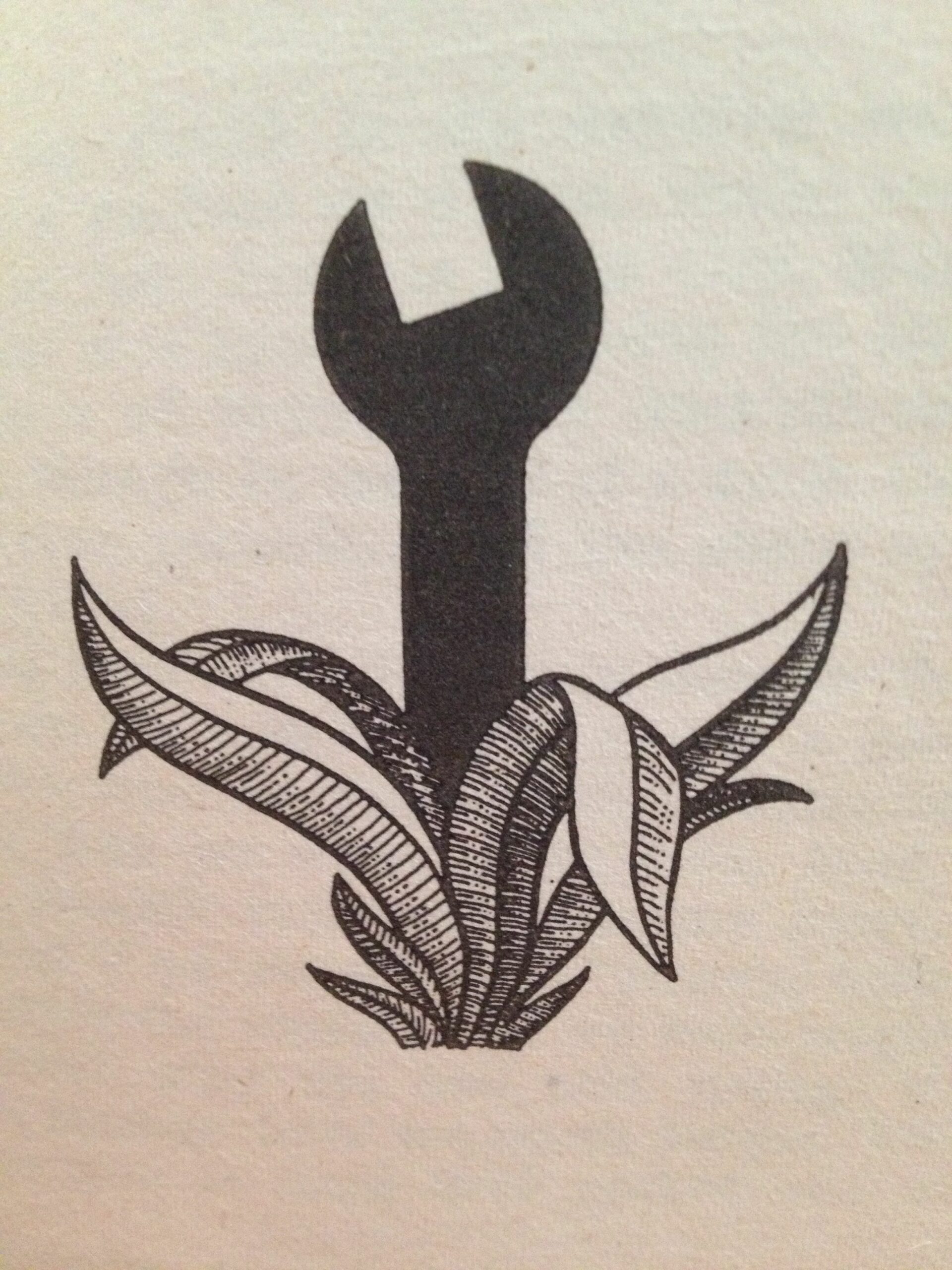
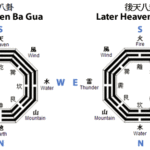

Trackbacks & Pingbacks
[…] [1] For a more detailed look at the Book of Changes, its origins and history and how it was used for divination purposes please see https://snowconesdiaries.com/2015/09/24/the-book-of-changes-the-wisdom-of-the-far-east/ and https://snowconesdiaries.com/2015/10/03/divination-in-the-i-ching/ […]
Leave a Reply
Want to join the discussion?Feel free to contribute!